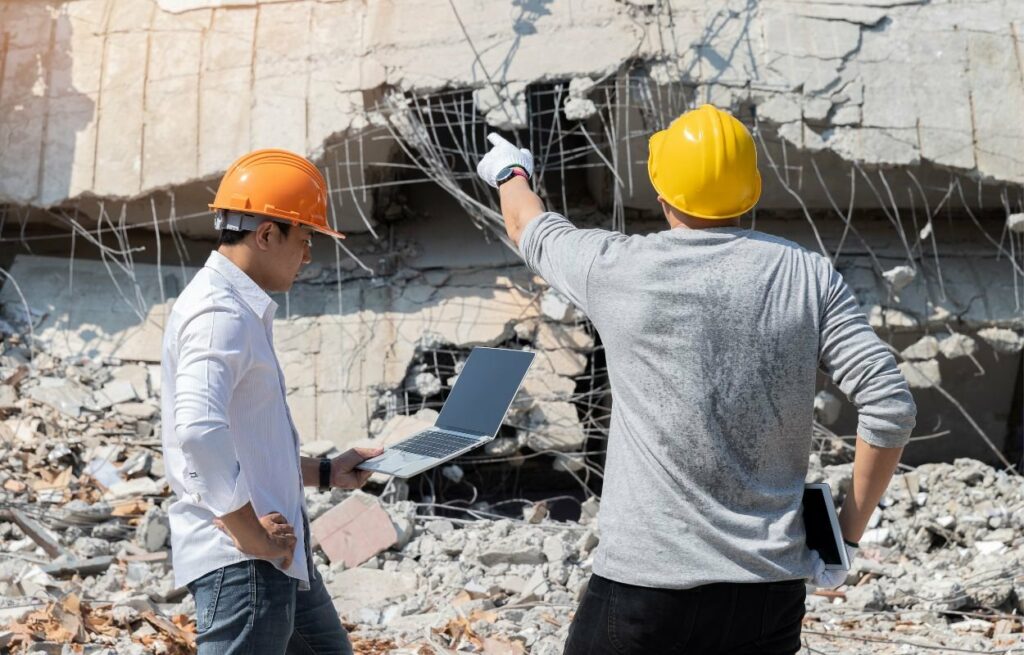
When you think of demolition, you probably picture bulldozers tearing down buildings and dust clouds billowing into the air. But there’s so much more to demolition than meets the eye. Whether you’re planning a small renovation or a major construction project, understanding the demolition process is key to making sure everything goes smoothly. Let’s take a deep dive into the steps involved and explain it in simple terms.
WHAT EXACTLY IS DEMOLITION?
Demolition is the process of tearing down a structure or a part of it. It’s not just about smashing walls. The goal is to carefully dismantle or demolish buildings, homes, or other structures in a way that ensures safety and prepares the site for the next phase, whether that’s building a new structure, renovating, or simply clearing space.
If you’re looking at demolition in Victoria or anywhere else, it’s important to know that there are rules and safety measures that must be followed. Demolition isn’t as chaotic as it may seem. In fact, it’s a well-planned and structured process. Let’s break down each step of the process.
STEP 1: PLANNING AND PERMITS
Before anything starts, there’s a lot of paperwork. Planning is crucial in demolition. First, you’ll need to obtain the necessary permits. The local council will have specific requirements and guidelines for demolition projects in your area, including ensuring safety standards are met and the environmental impact is minimized.
You’ll also need to assess the structure. A professional demolition company will evaluate whether the building is safe to demolish, if there are any hazardous materials (like asbestos) that need to be handled with care, and how to go about removing or reusing materials.
It’s important to get all the proper approvals and permits before proceeding. This is where hiring a professional company is essential because they’ll handle all of this for you, making sure everything is up to code.
STEP 2: SAFETY FIRST
Safety is the number one priority in demolition. Before any work begins, all safety precautions must be in place. This includes fencing off the area, ensuring proper signage is visible, and providing safety equipment like helmets, goggles, and gloves to workers. Demolition can be dangerous, so it’s crucial to have experienced professionals doing the job.
At this stage, workers also perform a detailed risk assessment to spot potential hazards. This can include checking for unstable structures, dangerous materials, or any other risks that might arise. It’s not just about breaking things down – it’s about doing it safely and responsibly.
STEP 3: DISCONNECTING UTILITIES
Imagine trying to tear down a building without turning off the electricity or water first. Not a good idea, right? That’s why one of the first things that happens before demolition begins is disconnecting all utilities.
Electricity, gas, water, and sewage lines all need to be safely turned off or removed to avoid accidents. A professional demolition company will ensure that these services are disconnected properly before any work begins.
STEP 4: CLEARING THE SITE
Once the utilities are sorted out, the next step is clearing the site of any debris, plants, or other obstacles that could get in the way. This includes removing anything that doesn’t need to be demolished, such as fences, trees, or landscaping.
This step is essential for creating a clean, clear area where the demolition can take place. Any non-structural items will also be salvaged at this point, so you don’t waste anything that could be reused or recycled.
STEP 5: STRUCTURAL DEMOLITION
Now it’s time for the actual demolition! Depending on the size of the structure and the type of demolition being done, this step can look a little different. There are generally two main types of demolition: mechanical demolition and manual demolition.
Mechanical Demolition: This is the most common method for demolishing large structures. It involves using heavy machinery like bulldozers, excavators, and wrecking balls to tear down the building. This method is fast and efficient, especially for larger buildings.
Manual Demolition: This is typically used for smaller projects or when you need to carefully dismantle a structure by hand. It’s often done in cases where there’s a need to preserve certain parts of the building or when working in tighter spaces.
Regardless of the method, the goal is to bring down the structure safely and efficiently. And don’t forget, any hazardous materials that were found during the assessment are handled with care during this step.
STEP 6: RECYCLING AND DISPOSAL
Demolition isn’t just about tearing things down. It’s also about being mindful of what happens to the materials afterward. Many demolition projects today focus on sustainability, so a good portion of the materials can be recycled. This includes things like metal, wood, concrete, and bricks.
Recycling helps reduce the environmental impact and can even save costs. However, some materials, like hazardous waste or certain chemicals, need to be disposed of safely and in accordance with local regulations.
STEP 7: SITE CLEANUP
Once the demolition is complete, there’s a final cleanup process. This involves clearing away any leftover debris, cleaning up the area, and preparing the site for whatever comes next. If you’re planning to build a new structure, the site will be leveled and ready for construction to begin.
Even if no new construction is planned, it’s important to leave the area clean and safe. This helps prevent any accidents and ensures the space is usable for future projects.
STEP 8: FINAL INSPECTION
Before the demolition is officially complete, a final inspection is usually required. This is where the local authorities or a certified inspector will ensure that everything was done properly and that the site is safe.
They’ll check that all permits were followed, that no safety guidelines were overlooked, and that all hazardous materials were disposed of correctly. Once the inspection is passed, the demolition process is officially complete!
WHY HIRE A PROFESSIONAL DEMOLITION COMPANY?
You might be wondering, “Why can’t I just do this myself?” While it’s technically possible for some small demolitions, hiring a professional is always the best choice, especially for larger or more complex projects.
A demolition company has the expertise, equipment, and safety protocols to handle the job safely and efficiently. They also know how to navigate the legalities and regulations that come with demolition in Victoria or any other location. Plus, they’ll have experience handling hazardous materials and ensuring that the site is properly prepared for whatever comes next.
WRAPPING UP
Demolition isn’t just about smashing walls and tearing things down. It’s a structured, well-planned process that ensures safety, efficiency, and sustainability. From obtaining permits to clearing the site and recycling materials, every step is crucial in making sure the job is done right.
So, whether you’re thinking about demolition in Victoria or any other area, remember that it’s all about getting the right professionals on the job. With the right planning, the process can be smooth, safe, and even environmentally friendly.
Are you ready to get started on your demolition project? Make sure you have a solid plan, the right team, and all the permits in place, and you’ll be well on your way to a successful demolition!


